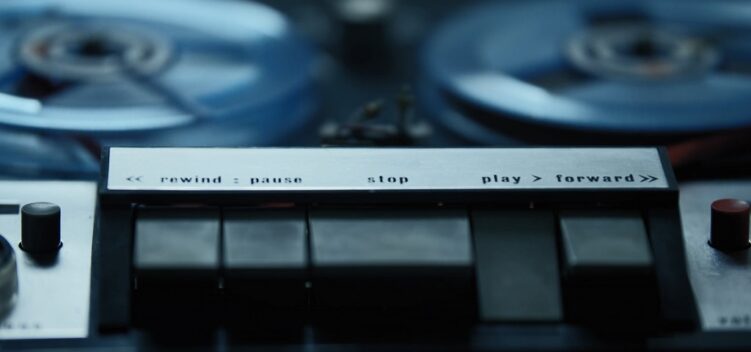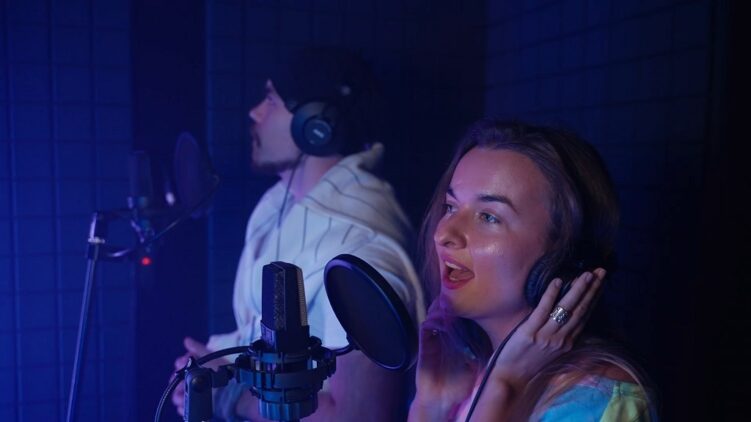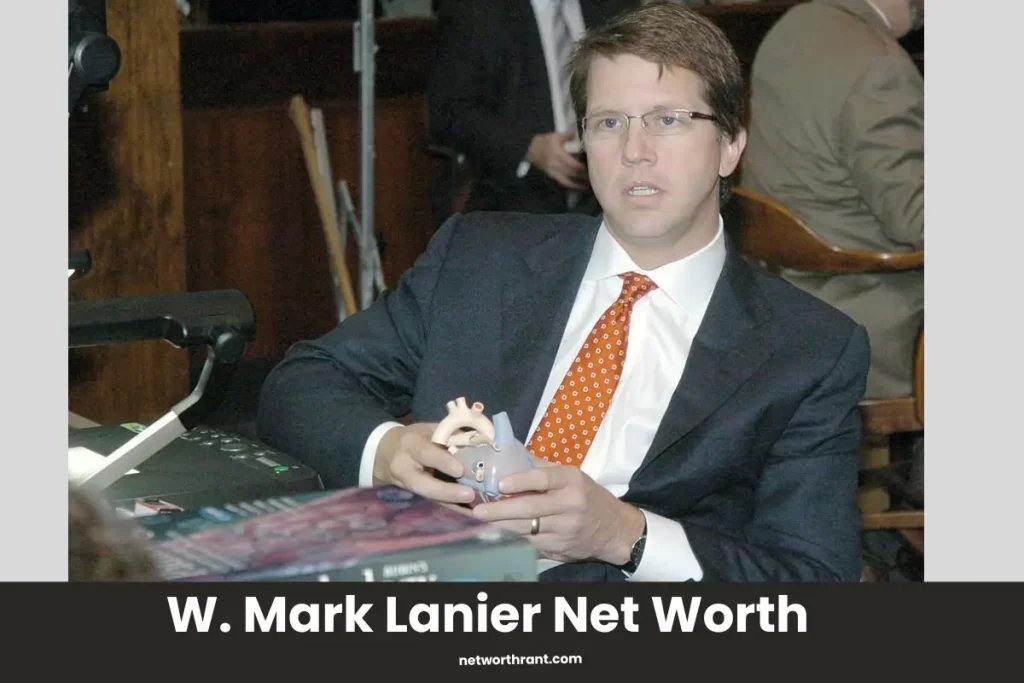A music contract is more than a signature. It defines your earnings, ownership, and creative control. Every clause has a purpose and a potential consequence.
Without a clear understanding of the contract’s key components, artists risk long-term obligations, lost royalties, and limited rights.
This article outlines the five core elements that determine the true value of a music contract, giving you the knowledge to negotiate terms that protect your interests and support your career goals.
Contract Length: How Long Are You Locked In?

The term of a music contract sets the timeframe during which you’re exclusively tied to a label. Contracts can be time-based (e.g., three years) or output-based (e.g., three albums). Labels favor longer terms to safeguard their investments, while artists benefit from shorter terms that offer flexibility.
Albums-focused contracts often include options allowing labels to extend the agreement for multiple albums.
According to a Forbes article highlighted in Medium, many deals structure an initial one- or two-album commitment with options for up to five more, potentially tying an artist to the label for 12 to 20 years.
In contrast, California state law limits personal service contracts to seven years – though recording contracts are exempt, underscoring the unusually long duration artists may face.
A smart contract ensures:
- A defined term
- Fair limits on extension options
- Exit clauses tied to performance benchmarks, delayed releases, or lack of investment
Royalties, Advances and Recoupments: How Your Earnings Take Shape

Understanding how money flows in a music contract is essential. Most deals include two key income streams for artists: advances and royalties.
But you only see real earnings once the recoupment process is complete, meaning the label has fully recovered its investment.
💵 Key Terms at a Glance
| Term | Description | Effect on Artist |
| Advance | Upfront payment from the label | It’s treated as a loan; recoupable |
| Royalty Rate | Percentage of revenue you receive once the label is recouped | Typical major label range 10–20 %; indie higher |
| Recoupment | Label recovers costs from your royalties before paying you | Delays real income if costs are high |
| Allowable Costs | Recording, video production, marketing, touring support, etc. | Should be clearly defined in contract |
According to entertainment attorney Julia Holt, recoupment is “how a record label gets its money back… studio time, music videos, marketing campaigns… aren’t free money, they’re a loan paid back through artist royalties”.
Advance amounts differ widely. Emerging artists may receive $50,000 to $150,000 upfront. But until that is covered by your royalty share, typically 10–20%, you won’t receive additional payments.
Track Allowable Deductions to Avoid Surprises
It’s crucial to negotiate approval rights for major expenses, especially those over a set threshold (e.g., $1,000). Without oversight, labels may allocate high costs to you, slowing recoupment and paying out fewer royalties overall.
Territory and Rights: Where You Can Legally Sell and Distribute

Territory clauses define the geographic areas where a label can distribute and sell your music. These can be narrow regions (like a country) or cover the entire world.
A global (“worldwide”) deal sounds promising, but without adequate label support in every market, your music might remain overlooked. According to iMusician, territory should be granted only in regions where the label has proven expertise and infrastructure to market your work effectively.
UpCounsel also confirms that territory clauses are where contracts specify where music can be sold, often including global rights, and that these rights should be monitored closely.
Key contract provisions:
- Territory limits – clearly define covered regions
- Reversion rights – allow rights to return if the label fails to release your work
- Audit access – ensure you can check performance in each territory
Additionally, Curve Royalty Systems explains that contracts often include variable royalty percentages by territory – meaning your earnings may fluctuate depending on where sales occur.
Language and Translation: Avoiding Risk in Multinational Deals

Music contracts often involve international parties, especially when distribution or licensing spans multiple territories. If a contract is signed in a language you’re not fluent in, relying on a general understanding or informal translation creates unnecessary legal risk.
The exact meaning of legal terms can vary by jurisdiction. A single mistranslation could alter the interpretation of ownership, royalty structures, or termination clauses. That is why artists and labels working across languages should use professional translation for legal agreements. This ensures every clause is clearly and consistently understood by all parties.
Translation should not be treated as a final step. It should be integrated during negotiation to support clarity and prevent misunderstandings before signatures are exchanged.
Creative Control and Approval Rights: Who Makes the Final Call?
Creative control clauses define how much say an artist has in key decisions during production, promotion, and distribution. Labels often reserve broad approval rights, but artists risk losing influence over their image and output if these terms are unchecked.
Approval rights can cover everything from album artwork and featured collaborators to marketing strategies and the timing of releases. Without specific protections, labels may override your preferences.
🎨 Creative Control Comparison
| Area | Typical Label Control | Artist-Friendly Clause |
| Artwork Approval | Label selects artwork without input | Joint approval or final say by artist |
| Song Selection | Label chooses tracks to release | Artist submits final tracklist |
| Collaborations | Label approves featured artists | Artist retains right to propose or veto |
| Marketing Strategy | Label runs campaigns independently | Marketing plan requires artist input |
| Music Video Concepts | Label funds and controls production | Concept must be approved by artist |
Artists should push for joint or sole approval in areas tied directly to public image and artistic direction. Specific clauses should outline decision rights, timelines for approval, and fallback procedures when there is disagreement.
Failing to address creative control upfront can lead to disputes, delays, or releases that do not reflect the artist’s vision.
FAQs
What is the typical royalty rate in a music contract?
Major label deals usually offer 10 to 20 percent of revenue after expenses. Independent labels may offer a 50/50 net profit split.
Can I negotiate contract length with a label?
Yes. Artists should aim for shorter initial terms with clear limits on renewal options and the right to exit under specific conditions.
Do I own my music in a recording contract?
Not always. Labels often own the master recordings. You can negotiate ownership or reversion rights after a set time.
Why is translation important in music contracts?
In multilingual or international deals, professional translation ensures that all parties fully understand the legal language. Misinterpretation can result in costly disputes.
Can I control my image and marketing in a label deal?
Yes, but only if it’s clearly stated in the contract. Artists should seek joint approval on visuals, collaborations, and promotional strategies.
Conclusion
A well-structured music contract protects more than your current income. It shapes your long-term rights, creative independence, and ability to grow within the industry. By focusing on specific, negotiable terms such as contract length, financial arrangements, territorial rights, translation clarity, and creative approvals, you can avoid common pitfalls and secure terms that reflect your value.
Every clause should be clearly defined and aligned with your goals before you sign. Whether you’re working with a label or independently, knowledge is your best leverage.



